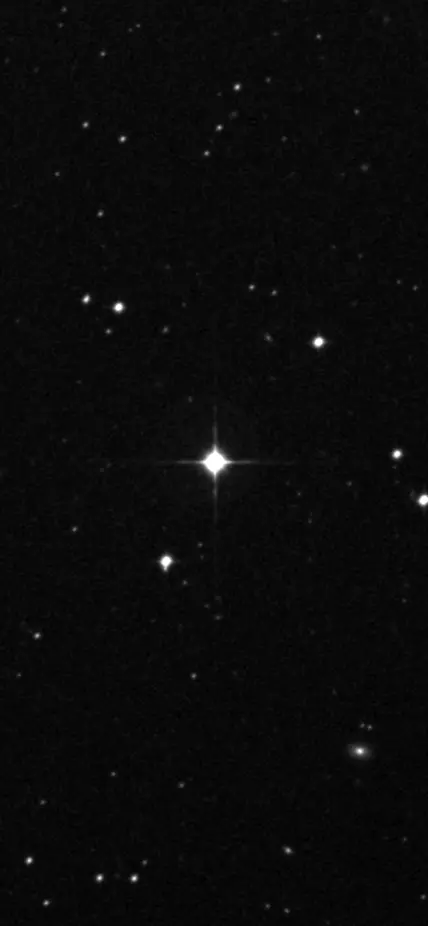Pasadena, CA—Work led by Carnegie’s Erika Holmbeck homes in on the origin story of the heavier elements found on the bottom of the periodic table. The research was published by The Astrophysical Journal over the summer and featured by AAS Nova.
Previously, Holmbeck had collaborated on a University of Michigan-led team that identified the widest range of elements yet observed in a star beyond our own Sun. They identified 65 elements in the star, which is called HD 222925. Of these, 42 were heavier than iron.
Holmbeck used the information from this discovery to test astronomers’ theories about how these elements were first synthesized and then incorporated into the material from which HD 222925 formed.
Heavy elements are made by a process called neutron capture, during which an existing element acquires additional neutrons one at a time that then “decay” into protons, changing the makeup of the atom into a new element. The neutrons can be captured slowly, over long periods of time inside a star, or in a matter of seconds, when a catastrophic event causes a burst of neutrons to bombard an area. Different types of elements are created by each method.
Astronomers like Holmbeck are very interested in elucidating the kinds of phenomena—including supernovae and the collision of two neutron stars—that produce heavy elements quickly via the second method, which is called the r process.
“These explosive occurrences create heavy elements and then toss them across their celestial surroundings,” Holmbeck explained. “The newly synthesized elements then become part of the raw material from which new stars are born. Their existence in stars like HD 222925 can tell us about the previous generation of stars and the evolution of the cosmos.”
HD 222925 is a much older star than the Sun. This suggests that the star had fewer predecessors contributing to its chemical abundance than our home star. One of the questions the team set out to investigate was the possibility that it was seeded by a single explosive event.
Holmbeck and her co-authors then compared HD 222925 to various computational models, testing the scenarios under which she and her colleagues could recreate HD 222925’s makeup from a single explosive event.
Their models indicated that only under specific conditions could the heavy elements in HD 222925 come from one source. Rather, Holmbeck and collaborators found that it was more likely that the microscopic physics of individual particles needs to be studied again. The AAS Nova piece highlighted the importance of Holmbeck’s unique work in using observations of the cosmos to study properties on the microscopic level.
